Animals belong to the largest and most diverse of the five kingdoms of living things. So far over two million animal species have been identified. All animals share certain features. Unlike plants, animals get the energy they need by eating food. They are all made up of many cells and many animals are highly mobile. Most reproduce sexually and have sense organs that allow them to react quickly to their surroundings. CLASSIFICATION uses these and other characteristics to group similar animals together.
CLASSIFICATION
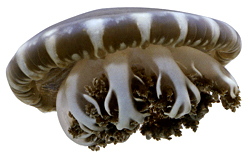
Some animals, such as jellyfish, have a relatively simple structure. They have no skeleton, few muscles, and their movement is uncoordinated – they drift with ocean currents. Jellyfish are referred to as invertebrates because, like 98 per cent of animals, they have no backbone.
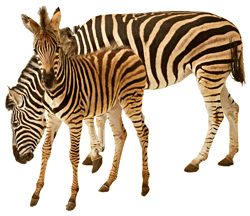
Animals with backbones, like these zebras, are commonly referred to as vertebrates. Mammals, birds, fish, amphibians, and reptiles are all vertebrates. Zebras belong to the mammal order. Mammals, which also include humans, are the most complex animals in the animal kingdom.
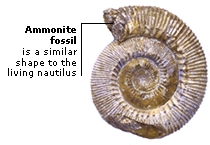
Fossils indicate that animals have existed on Earth for over 1.2 billion years, but our knowledge of past life is still incomplete. Some prehistoric animals look very different from today’s animals. However, this ammonite looks similar to the living sea animal nautilus. We can learn about past life by studying the similarities between fossils and living animals.
CLASSIFYING A LION
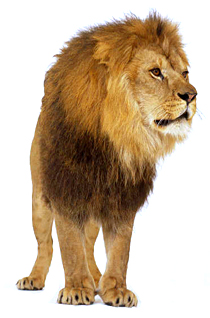
Table 22. CLASSIFYING A LION
| Panthera leo (“panther-like” lion) | Species |
| Pantheris (large cat) | Genus |
| Felidae (cat) | Family |
| Carnivora (flesh-eating) | Order |
| Mammalia (suckle young, warm-blooded) | Class |
| Chordata (rod-like backbone) | Phylum |
VARIATIONS IN SIZE
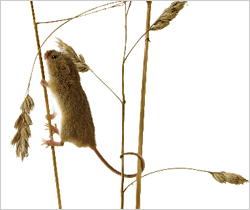
No comments:
Post a Comment